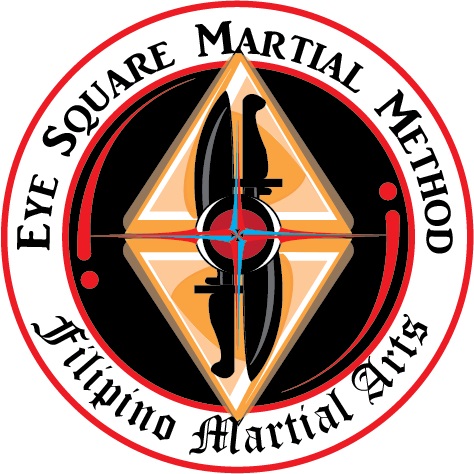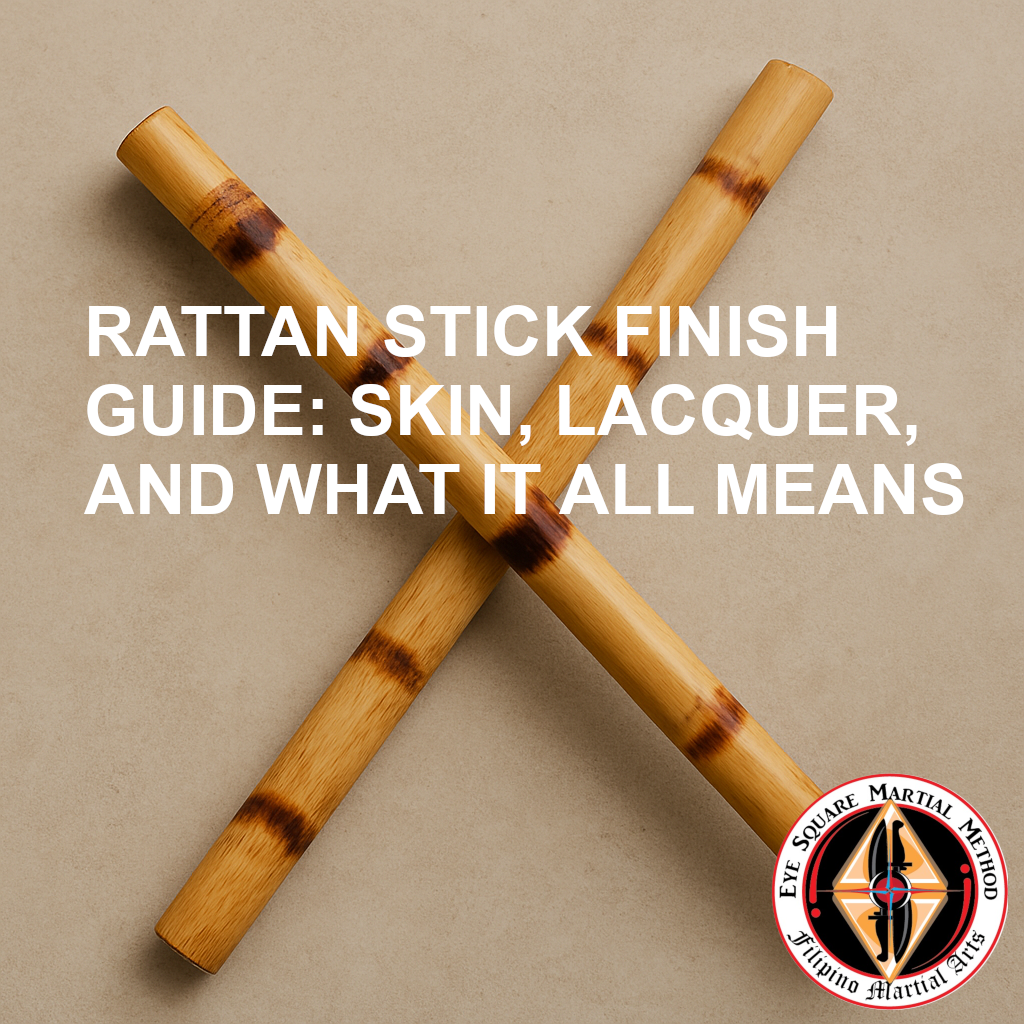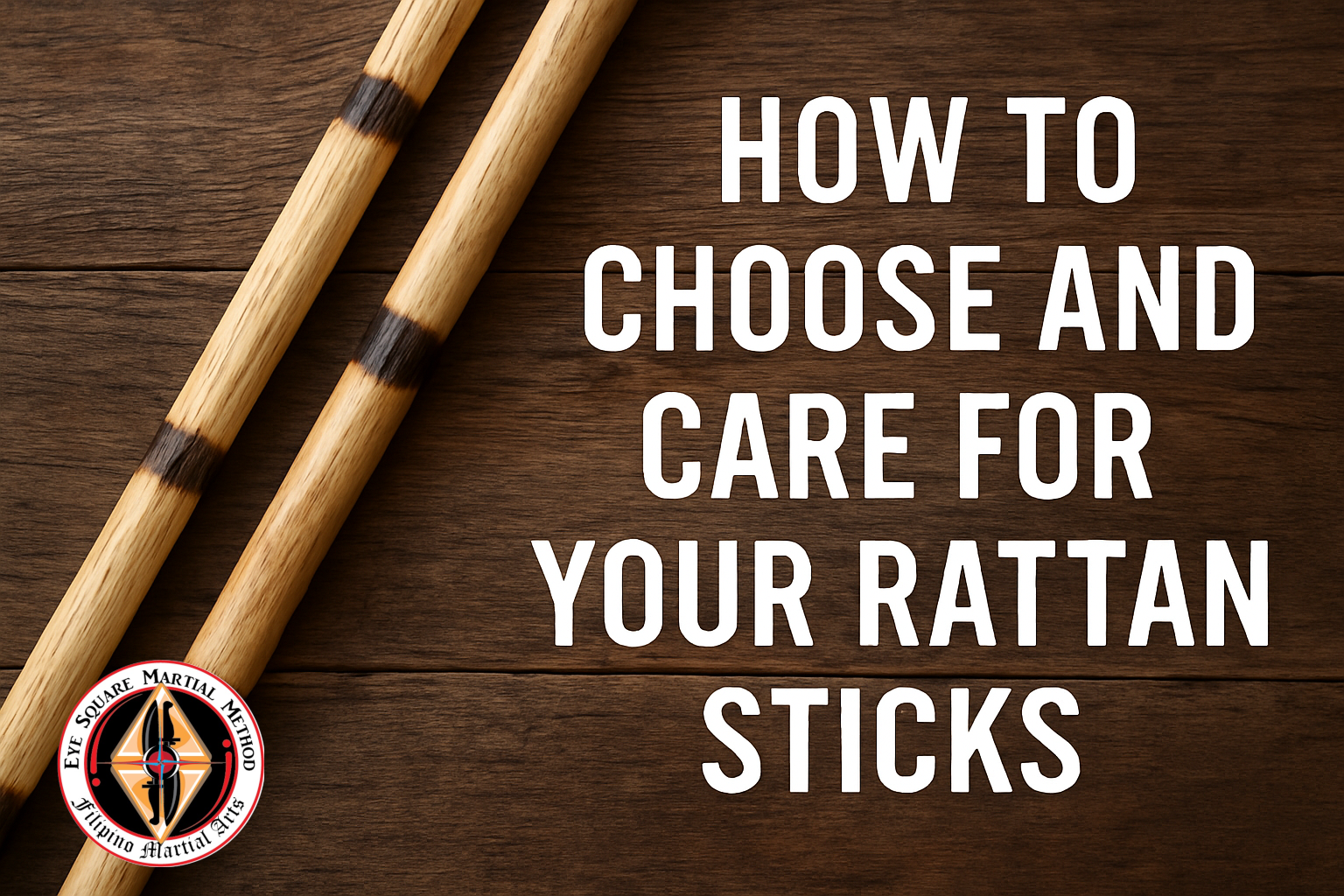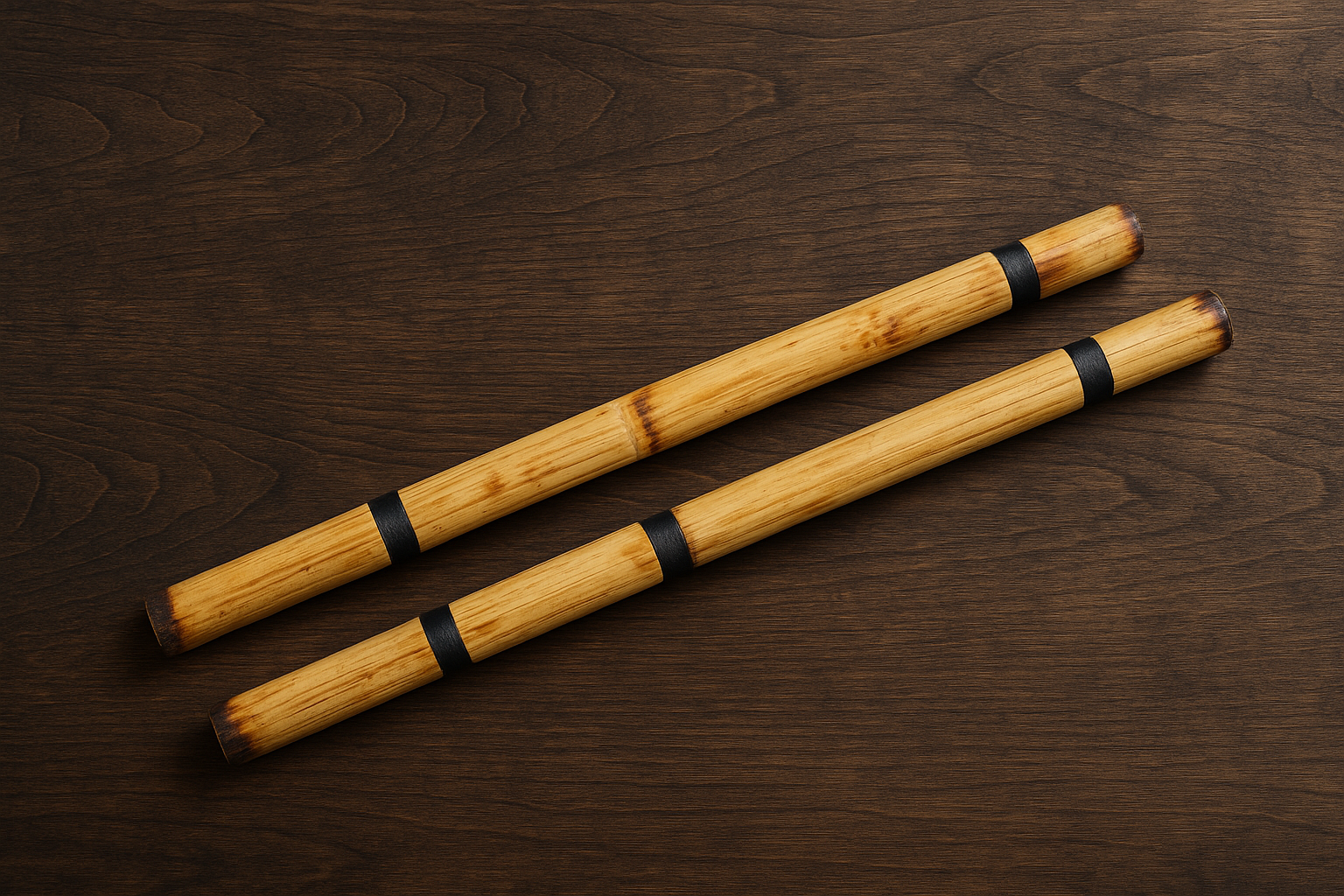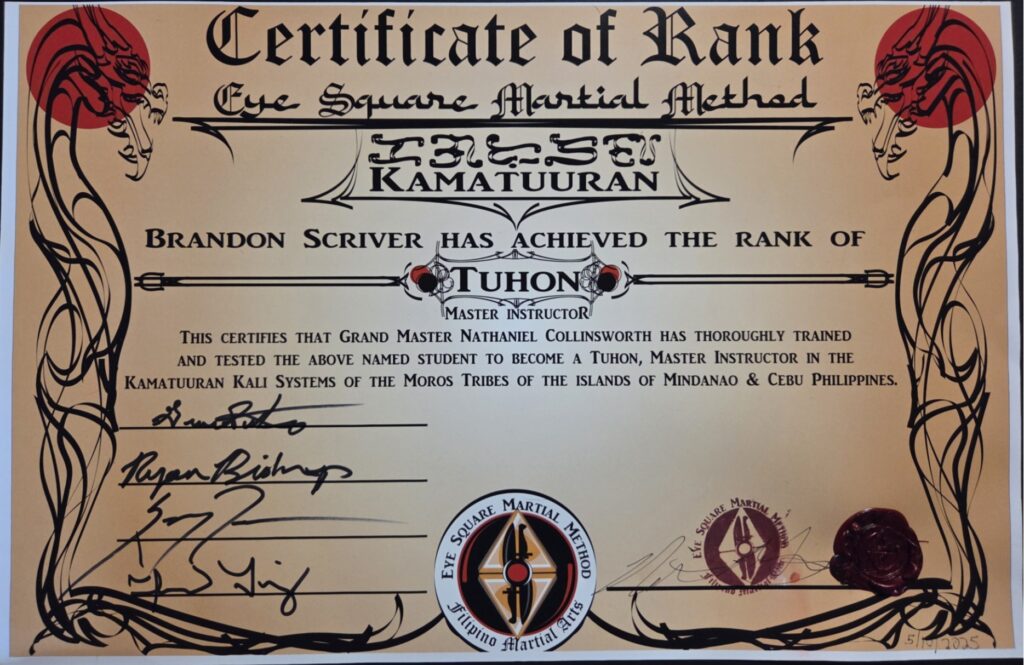Not all rattan sticks are created equal.
Beyond size and weight, two subtle details can dramatically change how your sticks perform in training:
- Whether the stick has its natural skin (cortex)
- Whether the stick is lacquered or raw
At Eye Square Martial Arts, we’ve broken more than our fair share of sticks. So here’s what we’ve learned about how these finishes affect training, safety, and longevity.
🟤 Rattan with Skin vs. Without Skin
✅ With Skin (Unpeeled)
Rattan grows with a tough outer layer known as the cortex — or “skin.” When left intact:
- ✅ Increased durability: The skin holds the fibers together, making the stick last longer under stress.
- ✅ Less fraying or mushrooming: Especially at the ends
- ✅ Smoother feel: Ideal for high-speed strikes
- ⚠️ Slightly slicker surface: May require grip tape or gloves
Best for:
- Impact drills
- Sparring
- Outdoor training
🔧 Without Skin (Peeled)
Peeled rattan has had the outer layer removed — this gives it a more uniform, pale look and makes it:
- ✅ Lighter and faster: Easier to maneuver for flow drills or forms
- ✅ More tactile grip: Great for sweaty hands or indoor use
- ⚠️ More prone to splintering: Especially if struck against hard targets
- ⚠️ Less durable under repeated high-impact
Best for:
- Sinawali / Hubud
- Solo practice
- Kata / Anyo forms
🎨 Lacquered vs. Unlacquered Sticks
✅ Lacquered Rattan
Some sticks are coated with a clear or colored lacquer finish — making them:
- ✅ Shiny and polished: Popular for demos or performance
- ✅ Slightly moisture-resistant
- ⚠️ Slick when sweaty: May affect control
- ⚠️ Prone to chipping with contact use
Best for:
- Light training
- Demonstration
- Display or collection
👐 Unlacquered Rattan
These sticks are raw — no finish, no gloss — just natural texture.
- ✅ Superior grip: Especially during sweaty training
- ✅ Traditional look and feel
- ✅ Easier to tape or customize
- ⚠️ May dry out or absorb sweat over time
Best for:
- Full-contact sparring
- Daily use
- Students who like a more grounded feel
📊 Quick Comparison
| Feature | With Skin | Without Skin | Lacquered | Unlacquered |
|---|---|---|---|---|
| Durability | High | Medium | Medium | High (if with skin) |
| Grip | Medium | Good | Low | Excellent |
| Appearance | Natural gloss | Pale/yellow | Glossy | Matte |
| Use Case | Sparring, hard drills | Flow, solo work | Demos, light use | Everyday training |
🧠 Final Thoughts: Which Stick Is Best?
It depends on how you train and what you value:
- Want long-lasting, hard-hitting performance? → Unpeeled, unlacquered
- Prefer smooth speed and solo flow? → Peeled, unlacquered
- Need a showpiece for demos? → Lacquered, maybe with design burn marks
At Eye Square Martial Arts, we teach that tools reflect intention.
Train with care. Choose with purpose.
🛠️ Coming Soon:
🔍 Looking for ways to customize your sticks? We’ll cover some cheap and effective ways in the next post!
🥋 Train With Us
Want to test the difference yourself?
Grab a stick and join a class — we’ve got extras.
Cultural Preservation… with Bruises.
